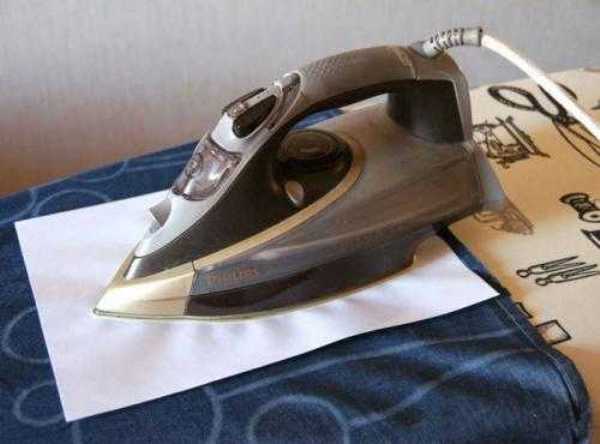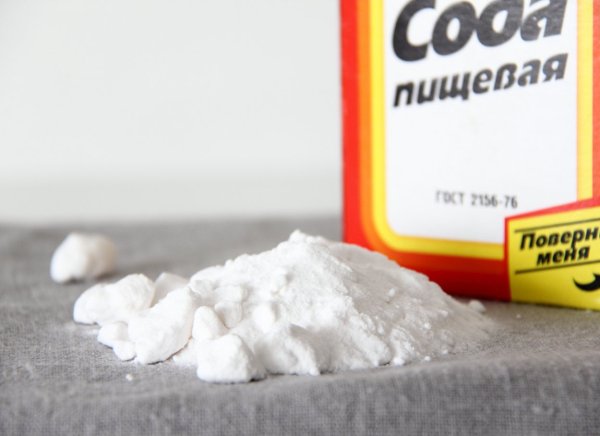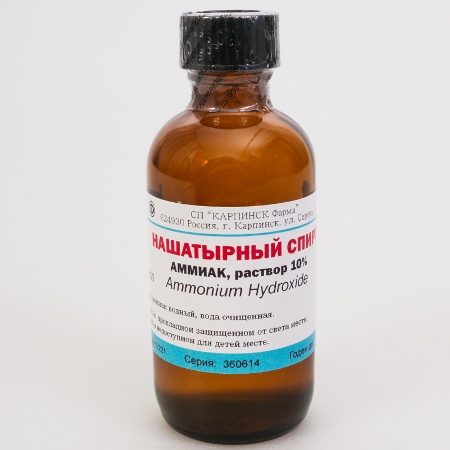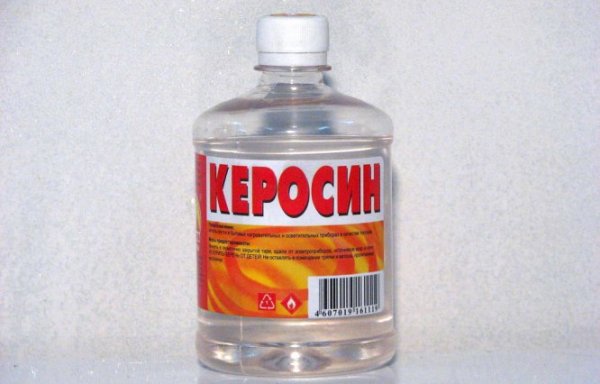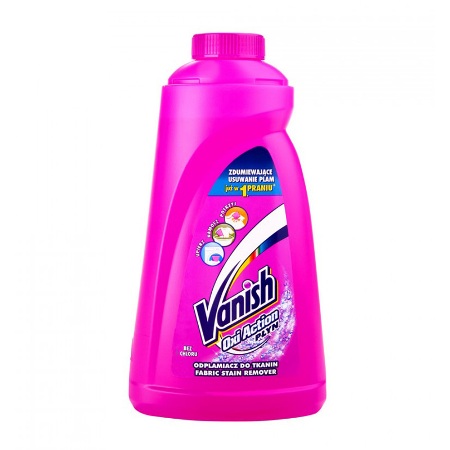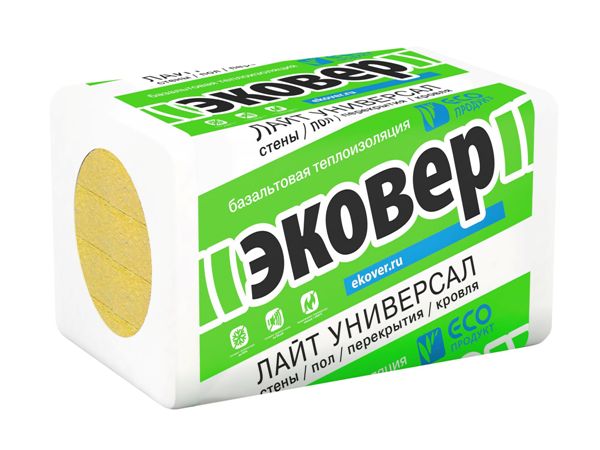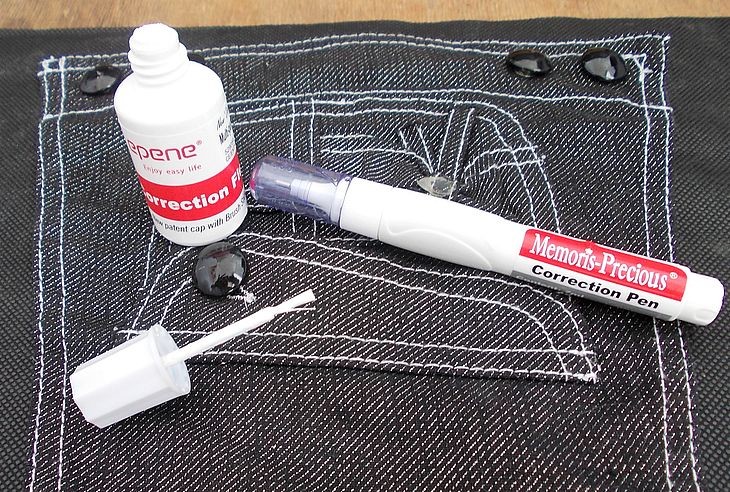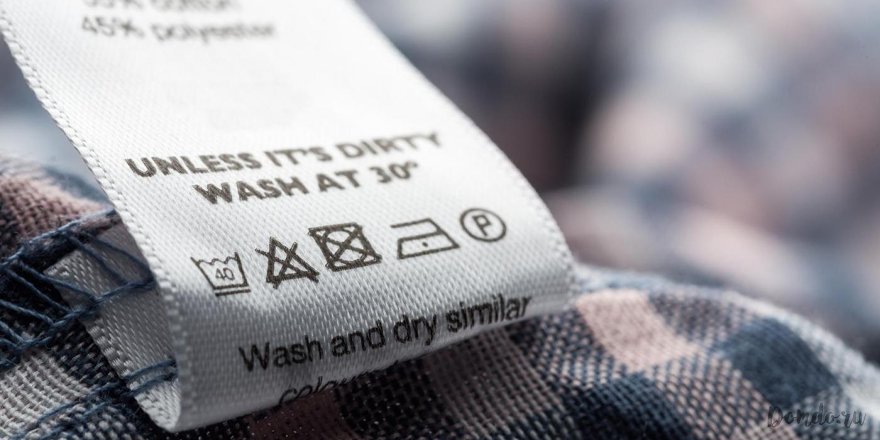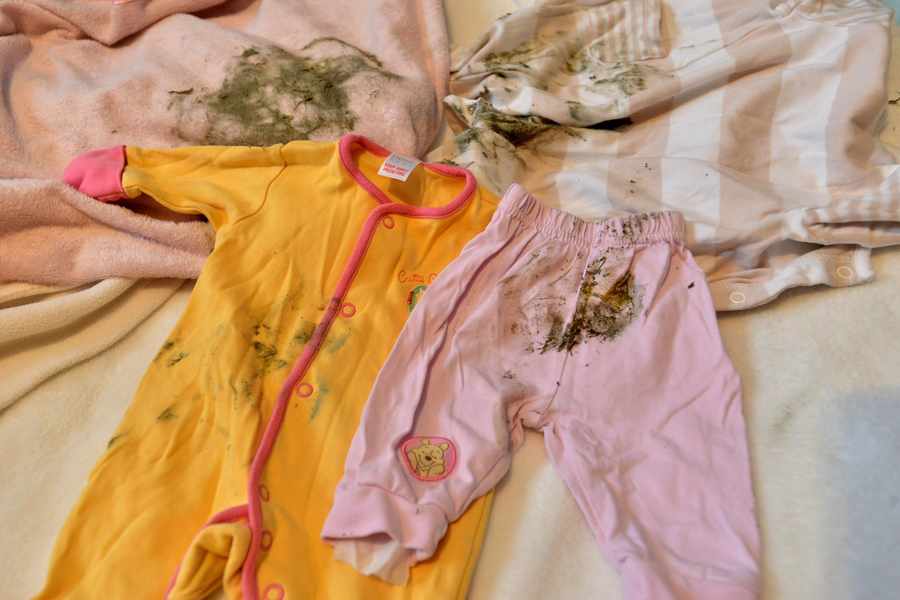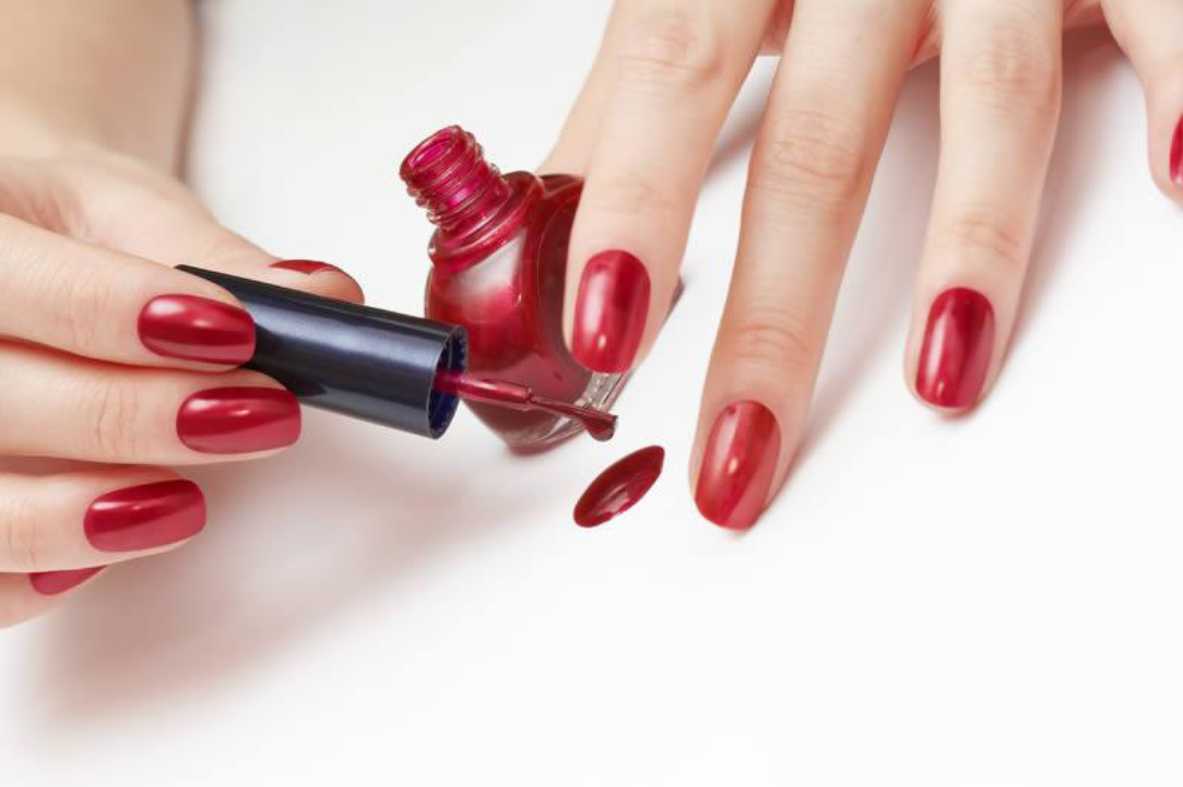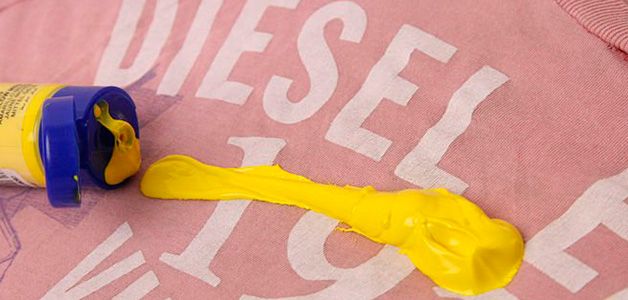Parents often encounter the consequences of their children playing with plasticine, which remains on clothes, furniture and home textiles. The resulting stains are difficult to remove due to the presence of persistent dyes and fats in the substance. The problem of how to remove plasticine from clothes is easy to solve using improvised methods: heating and cooling technology is used to remove the bulk, and the residual trace is removed with vegetable oil, soda, alcohol or solvent.
Difficulties in cleaning different fabrics
The method for removing plasticine from clothing is determined by the type of fabric:
White material - oxygen bleach, hydrogen peroxide, baking soda, laundry soap and ammonia help to quickly clean light-colored wardrobe items. Oxygen bleach removes stains well. The use of products containing chlorine (for example, bleach) is not recommended;
Colored material - when processing bright prints, it is important to maintain the clarity of the image. Acetone solvents and chlorine-containing compounds have a negative effect on the color. A positive result will be given by laundry soap, vegetable oil, a mixture of dishwashing liquid with soda;
Black items - to remove plasticine from dark trousers, jackets and skirts, use regular vegetable oil, followed by applying dishwashing gel or soda;
Silk — pure alcohol will help clean away traces of plasticine on delicate fabrics. Lay the stained item on a flat surface with the stain facing up. Place a paper napkin under the stain. Blot the stain with a cotton swab soaked in alcohol until completely clean;
Jeans - before removing plasticine from cotton clothing, stock up on solvents: white spirit, purified kerosene, aqueous solution of ammonia (10 drops per 250 ml of water), acetone. The color of the jeans deserves special attention. Laundry soap is a suitable cleaning agent for light-colored, single-color items. Alkaline compounds (potassium or sodium salt) and natural fatty acids contained in its composition perfectly break down dirt;
Wool - products with an uneven surface and porous structure are at risk of deep penetration of cleaning agents. Careful stain removal is carried out with turpentine, kerosene, purified gasoline, nail polish remover without acetone.
White woolen items turn yellow when exposed to solvents; housewives recommend taking them to the dry cleaners.
We clean with improvised means
To remove lumps of hard plasticine from clothes, use a spatula from a modeling kit, or the blunt edge of scissors or a knife. When removing soft, viscous mass, you will need to freeze or heat it.
Freezing
The components contained in plasticine (wax, fats, polymer clay) harden under the influence of low temperatures. The binding substance is easily separated from the fibers. The material is cooled in the following ways:
- damaged products are packed in polyethylene and placed in the freezer for 60-90 minutes;
- cover the stain with a metal container of ice for 5-10 minutes;
- apply a bag of ice cubes to the stain until it begins to melt;
- spray an aerosol to cool microcircuits or a spray to relieve pain in case of injuries.
All that remains is to remove the frozen remains of the plasticine with a knife, a spatula or a brush with hard bristles. Do not rub too hard, as this will damage the fibers. It is also not allowed to remove the plasticine with your hands: it will soften and penetrate the fabric deeper.

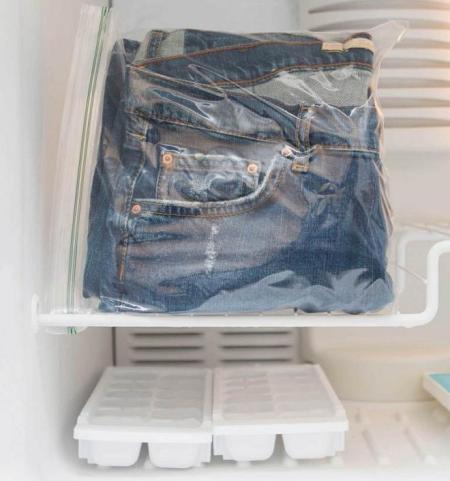
Heating with an iron
How to remove plasticine from school clothes using an iron and paper? The method is suitable for items made of thick fabrics (linen, denim). Turn the stained item inside out, place paper napkins under the stain and on top of the fabric. It is allowed to use toilet paper folded in two or three layers. The area of the napkins should exceed the size of the sole of the iron. Remove the remains of plasticine at a temperature of 50 degrees, turning off the steam mode. Press the sole of the iron to the clothes for 10-20 seconds, gently ironing the napkin. It is necessary to repeat the manipulations several times, replacing the used napkins with clean ones. If the plasticine is no longer imprinted on the napkin, the procedure is complete.
Before you clean plasticine from clothes, stock up on a hair dryer - an excellent alternative to an iron if you need to remove small stains.
Residual stain
By applying high or low temperature to the fabric, it is possible to remove the bulk of the plasticine. However, stains formed by dyes remain on the material. To solve the problem, you should use improvised means.
With laundry soap
Prepare a highly concentrated solution of 3 bars of laundry soap and 3 liters of water. Immerse the stained items in the mixture for half an hour. Rub the stain with a toothbrush and wash in the usual way: by hand or in a machine. Laundry soap helps to quickly get rid of plasticine on clothes made of any material, but can ruin dark and bright items, clothes made of delicate fabrics.
With soda
Cleaning fabric with soda from plasticine is carried out after preliminary soaking in a soap solution (use laundry soap or powder). Sprinkle the stain with baking soda, wipe with a brush and leave for 30 minutes. At the end of the procedure, the stain is treated with a brush again, the item is washed. The optimal water temperature is 60°. Synthetics and capricious wardrobe items are prohibited from being cleaned with soda.
With ammonia
Ammonia easily removes stains from natural fabrics. To combat plasticine, add 10 drops of ammonia to 200 ml of water, soak a cotton swab in the solution, and rub the stain until it disappears completely. To eliminate the unpleasant odor, rinse the item under running water and wash in a suitable mode.
If the stain is too large, you should prepare several liters of solution by combining ammonia with water in the specified ratio. Soak the item in the resulting consistency for 30 minutes. Then wash off the dirt. Dry naturally, in the fresh air.
Vegetable oil
Vegetable oil and dishwashing liquid are universal liquids suitable for all types of fabrics. The components are applied in the following order:
- A cotton pad is soaked in oil and the dirt is rubbed for 2-3 minutes;
- The oil reacts with the fat, dissolving it;
- The greasy stain is washed off with dishwashing detergent and left for 30-60 minutes;
- Wash the product in the usual way.
Kerosene
To remove traces of plasticine from clothes, use a rag soaked in kerosene. After wiping away the dirt, rinse the item under running water. Then wash with powder and conditioner, separately from other items. This will remove the specific smell.
Industrial stain removers
When using stain removers, follow the instructions on the packaging. Typically, manufacturers suggest applying a small dose of the product to the stain, waiting 15-20 minutes, then washing the clothes with the addition of powder or stain remover.
According to reviews from housewives, the rating of the best products for treating greasy stains was headed by products from the following brands:
| Name | Purpose |
| Vanish | A universal product that removes stains of various origins. |
| Ecover | Stain remover based on natural components. Removes any stains. |
| Mrs. Schmidt | Helps remove grease, blood, wine and berry juice from clothes. |
| Antipyatin | Product for colored clothes. |
Industrial preparations have an aggressive composition, protect your hands from negative impact on the skin with rubber gloves.
Common mistakes
To avoid damaging the contaminated item, you should avoid the following operations:
- Remove the layer of plasticine with the sharp side of a knife blade;
- Scrape, clean the stain, starting from the center, increasing the size of the damaged area. The correct direction: from the edge to the middle;
- Rub plasticine off fabric without pre-treatment with an iron or cold. First, you will need to remove most of the sticky mass, then remove the remaining pieces and traces;
- Pour solvent or kerosene directly onto the surface without first testing it on an inconspicuous area. This will result in the formation of difficult to remove stains;
- Do not use alcohol or solvents on varnished, vinyl or synthetic surfaces;
- Rubbing off the lumps with a dry or damp cloth will increase the area of contamination;
- Wash out the stain without any preliminary preparation;
- Clean the material with your fingers, rinse with water, wipe with napkins. As a result of such actions, the mass will penetrate deeply into the fibers;
- Work with aggressive chemical compounds with closed windows without gloves.
Before removing a plasticine stain with the chosen product, you should test its effect on an inconspicuous area of the garment. If the color or structure of the fabric changes, you should choose another method.
Video


